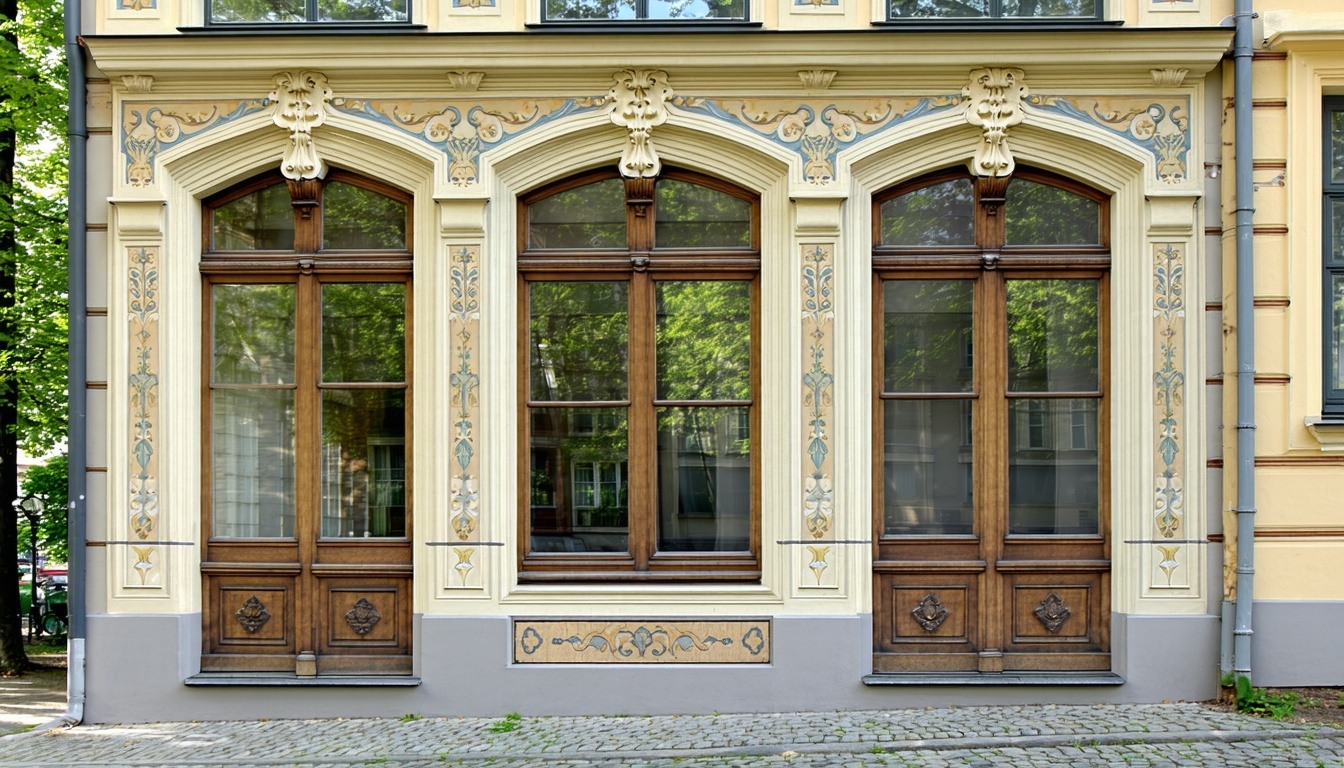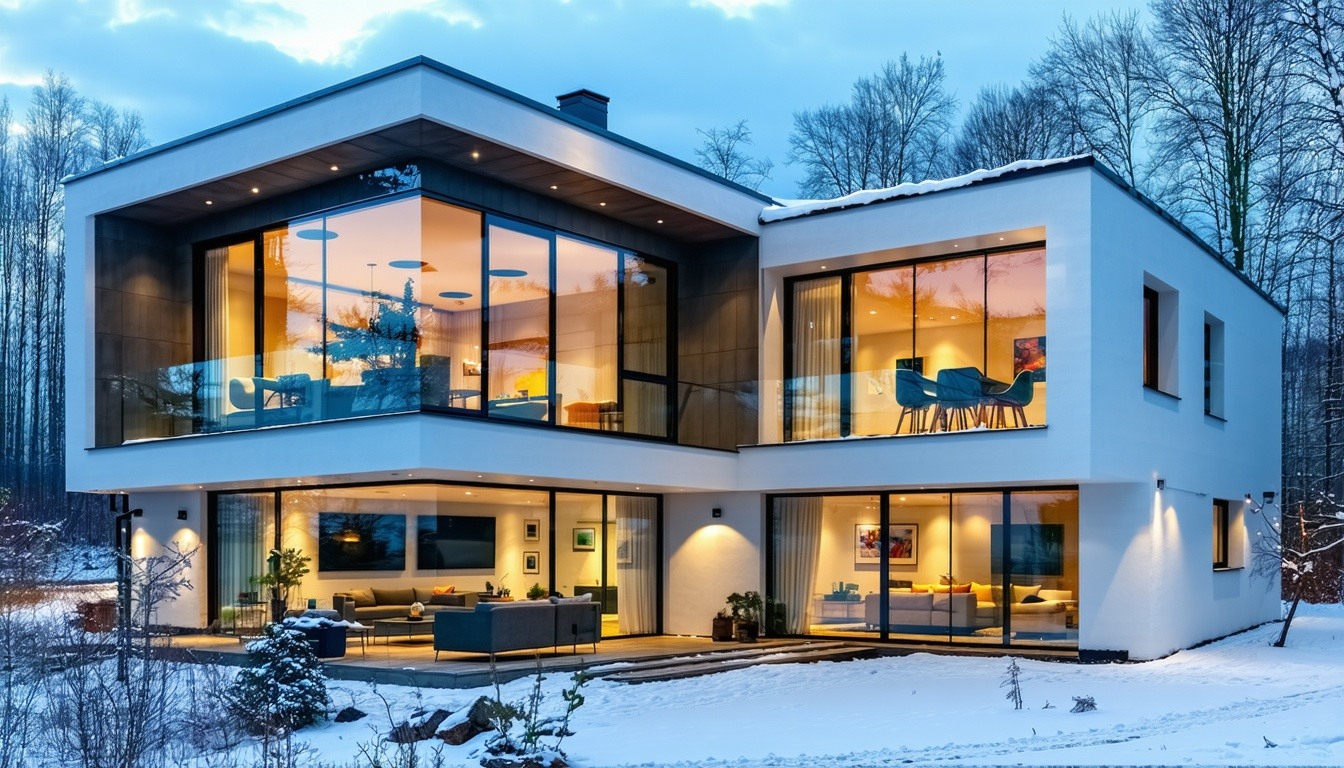Latvia is home to countless architectural treasures—from ornate Art Nouveau façades in Rīga to centuries-old wooden homes in small towns. Preserving these historic buildings while improving comfort and sustainability has become...
Replace Windows in a Historic Building Without Compromising Heritage or Sustainability
Romania is home to some of Europe’s most beautiful and diverse historic architecture—from Transylvanian manors and Orthodox monasteries to interwar Bucharest villas. But while these properties captivate with charm, they often struggle with outdated insulation, drafty single glazing, and soaring winter heating costs.
Can you replace windows in a historic building without breaking conservation rules or altering its look? Yes—and vacuum glazing offers the perfect green solution.

What’s the Best Way to Upgrade Windows in a Historic Building?
When dealing with a Romanian historic property (often classified as a monument istoric), any upgrade must balance energy performance with architectural preservation. In most cases, owners are left with two options:
Option 1: Refurbish Existing Windows Using Vacuum Glazing
If your timber or steel frames are structurally sound, refurbishing them is often the most conservation-friendly and cost-effective route.
Why this works:
-
Discreet Insulation: Vacuum glazing is as thin as 8.3mm, meaning it can fit inside original frames without visibly changing the window.
-
Modern Comfort: Delivers U-values as low as 0.4 W/m²K—equivalent to top-tier triple glazing.
-
Conservation-Friendly: Keeps the window’s original fabric, often favoured by Romanian conservation officers.
-
Affordable Upgrade: Significantly improves energy efficiency without full window replacement costs.
Option 2: Replace Windows with Heritage-Sensitive Units
If your windows are beyond repair, replacements might be necessary—but that doesn’t mean compromising on character.
Vacuum glazing + traditional craftsmanship = a perfect match.
Benefits:
-
Accurate Replication: New timber windows can be made to mirror original profiles and proportions.
-
Silent and Warm: Vacuum glazing dramatically reduces both noise and heat loss.
-
Planning-Ready: Complies with Romania’s conservation standards when paired with authentic materials and designs.
Why Is Vacuum Glazing the Greenest Solution for Historic Buildings?
Unlike conventional double or secondary glazing, vacuum glazing is built for sensitive restorations—especially in Romania’s rich heritage zones.
Advantages include:
-
Ultra Low U-Values: Better insulation with a fraction of the thickness.
-
Visual Subtlety: No double reflection or bulky profiles.
-
Lower Carbon Impact: Fewer raw materials used in production and longer lifespan reduce environmental impact.
Does It Support Romania’s Conservation and Energy Goals?
Yes—vacuum glazing helps heritage homeowners align with both national restoration policies and the EU’s climate targets.
-
Complies with Planning Laws: Vacuum glazing maintains the original look of windows, making it easier to gain approvals.
-
Reduces Heating Demand: Dramatically cuts energy bills for drafty properties.
-
Preserves Value: Protects the historical value of the home while preparing it for future efficiency standards.
Vacuum Glazing vs Other Alternatives
| Feature | Slim Double Glazing | Secondary Glazing | Vacuum Glazing |
|---|---|---|---|
| U-value | ~1.2 W/m²K | ~2.0 W/m²K | 0.4 W/m²K |
| Visual Appearance | Moderate distortion | Obstructive | Invisible |
| Suitability for Historic Buildings | Conditional | Rarely approved | Often accepted |
Upgrade Your Historic Windows Without Compromise
Whether you're restoring a townhouse in Brașov or modernising a rural manor in Maramureș, vacuum glazing lets you replace windows in a historic building while preserving what matters most.
👉 Request a quote today and take the first step towards a warmer, greener, and heritage-respectful home.
From the blog
Lorem ipsum dolor sit amet consectetur, adipisicing elit. Ipsa libero labore natus atque, ducimus sed.

Energy-efficient windows, Double glazing alternatives, Sustainable windows, Energy-saving windows, Vacuum glazing benefits, Thermal insulation windows, Eco-friendly glazing, Noise reduction windows, Historic building windows, Advanced window technology, Green building solutions
Replacement Windows in Historic Buildings in Latvia: Why LandVac Vacuum Glazing Is the Ideal Solution

Energy-efficient windows, Double glazing alternatives, Sustainable windows, Energy-saving windows, Vacuum glazing benefits, Thermal insulation windows, Eco-friendly glazing, Noise reduction windows, Historic building windows, Advanced window technology, Green building solutions
Improve Thermal Performance of PVC Windows in Latvia’s Modern Buildings with LandVac Vacuum Glazing
Modern architecture in Latvia places a strong emphasis on sustainability, energy efficiency, and visual appeal. PVC windows are a common feature in newer homes and commercial buildings thanks to their affordability and sleek...

Energy-efficient windows, Double glazing alternatives, Sustainable windows, Energy-saving windows, Thermal insulation windows, Eco-friendly glazing, Noise reduction windows, Historic building windows, Advanced window technology, Green building solutions
Improve Thermal Performance of PVC Windows in Lithuania with Vacuum Glazing
PVC windows are widely used in Lithuanian homes and apartment buildings because they’re affordable, practical, and low maintenance. But as the years go by, their energy efficiency often decreases — especially if the original...
